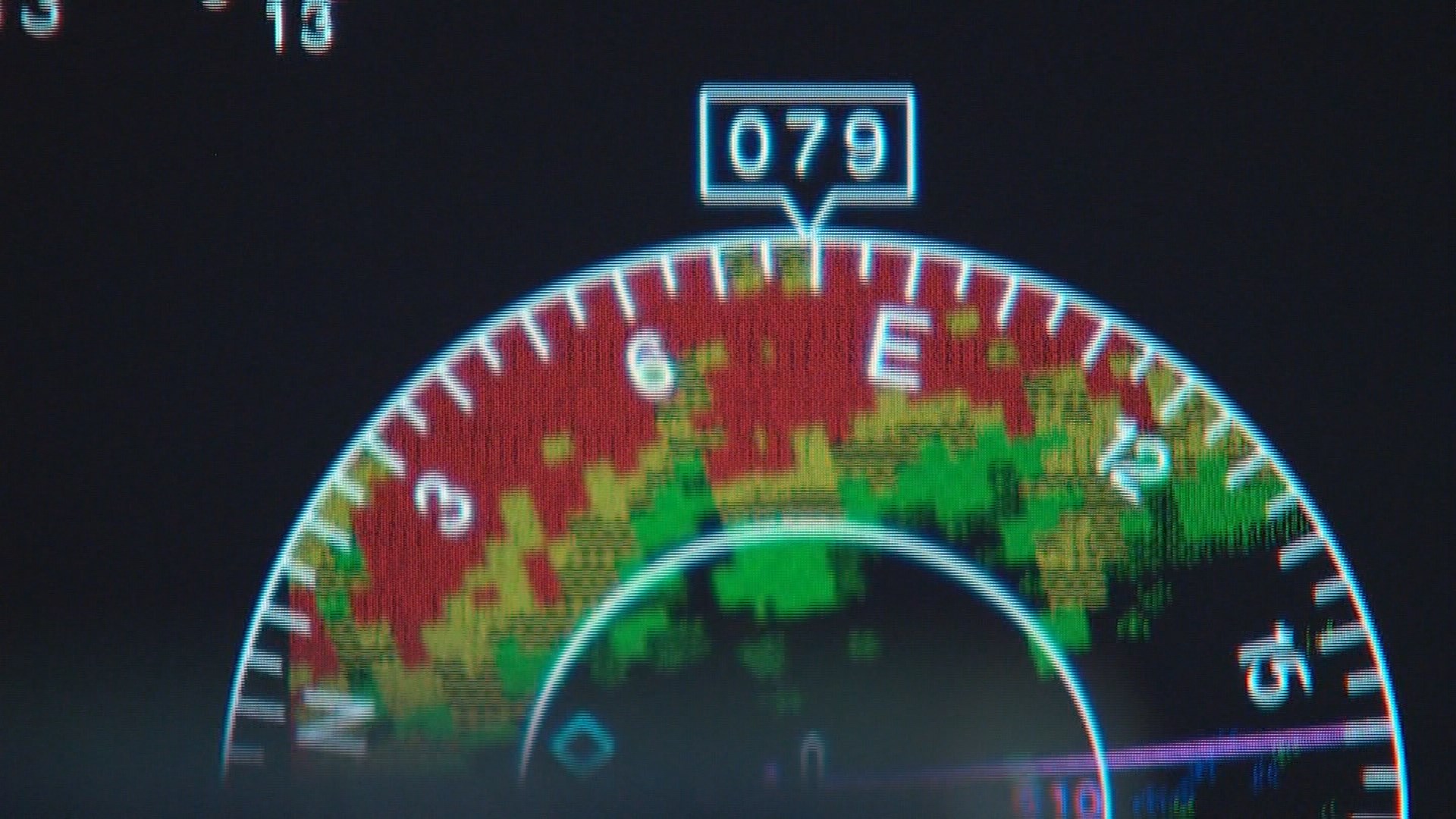SEATTLE – The British Aerospace 146 crash in Medellin, Colombia reminds us all of the hazards of mountainous terrain.
Electrical flaws were reported on the aircraft Monday night, and it crashed shortly after in a mountainous area in the Antioquian municipality, roughly 22 miles from the airport. The crash killed 71 people, including members of the Brazilian Atletico Chapecoense soccer team, journalists, and flight crew.
Here is a screen grab from a test flight I took with Honeywell a few years ago demonstrating Enhanced Ground Proximity Warning System, or GPWS. At the time we were flying aboard Honeywell's Convair 580 in the Olympic Mountains.

Yellow terrain triggers an audible warning, "terrain." Red terrain triggers an urgent alert, "Terrain! Terrain! Pull up! Pull up!"
Yes, we cleared the ridge line in red. And of course, this demo was done in broad daylight with plenty of visibility.
We do not know yet if this particular BAe 146 was equipped with GPWS, or if it was even operational depending on the nature of the electrical failure. Weather and potential fuel starvation are also possible issues experts suggest.
More than anything, this technology has put a virtual stop to what was for a long time the most common form of crash, Controlled Flight Into Terrain.
Ironically, it was another crash in Columbia that got the ball rolling on this technology, the crash of an American Airlines 757 heading toward Cali back in 1995. That flight had an older terrain technology using radar which didn't provide nearly as much warning in rapidly rising terrain. Think cliff face, or something close to it.


